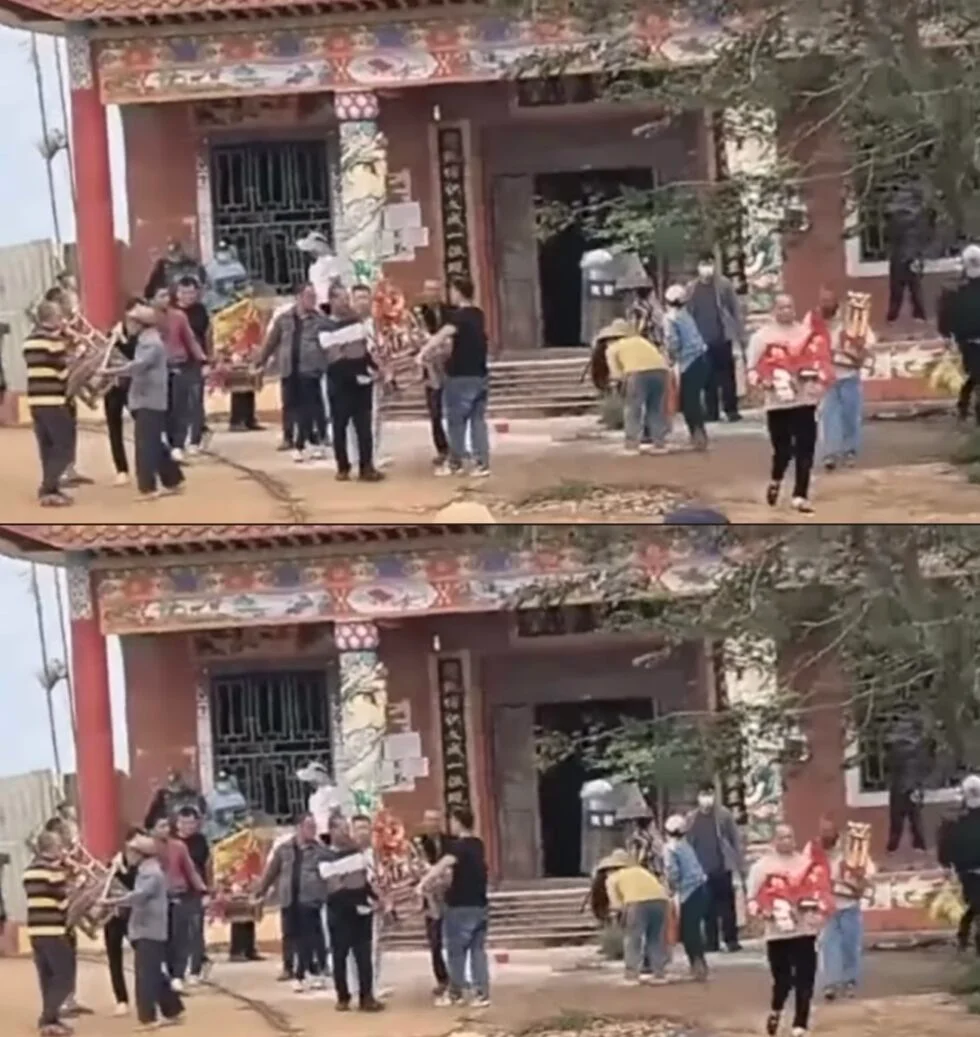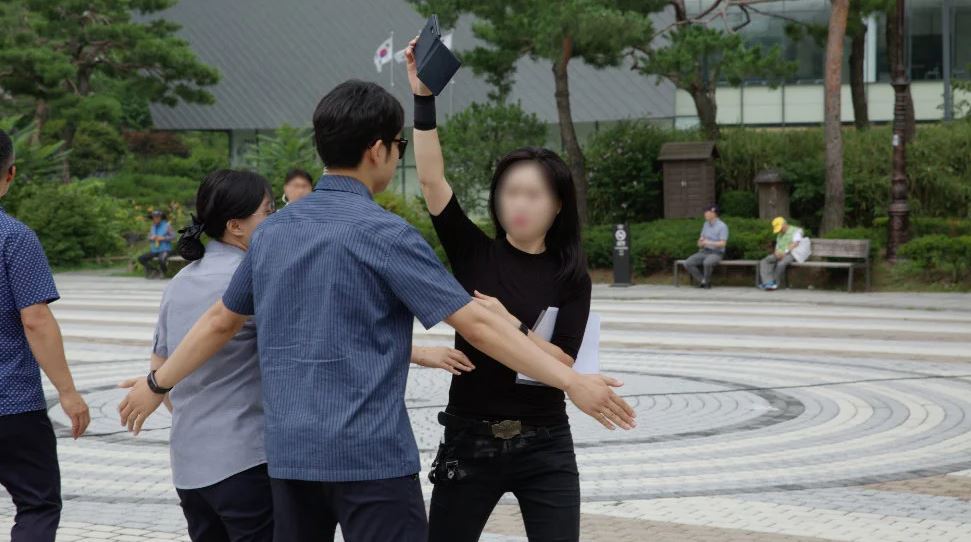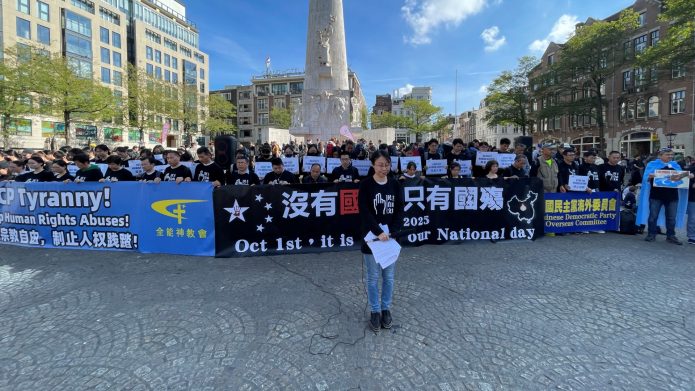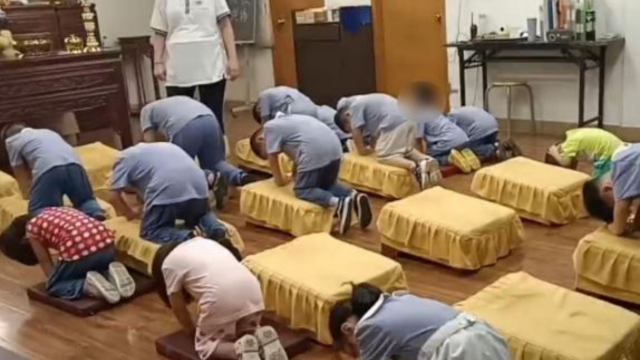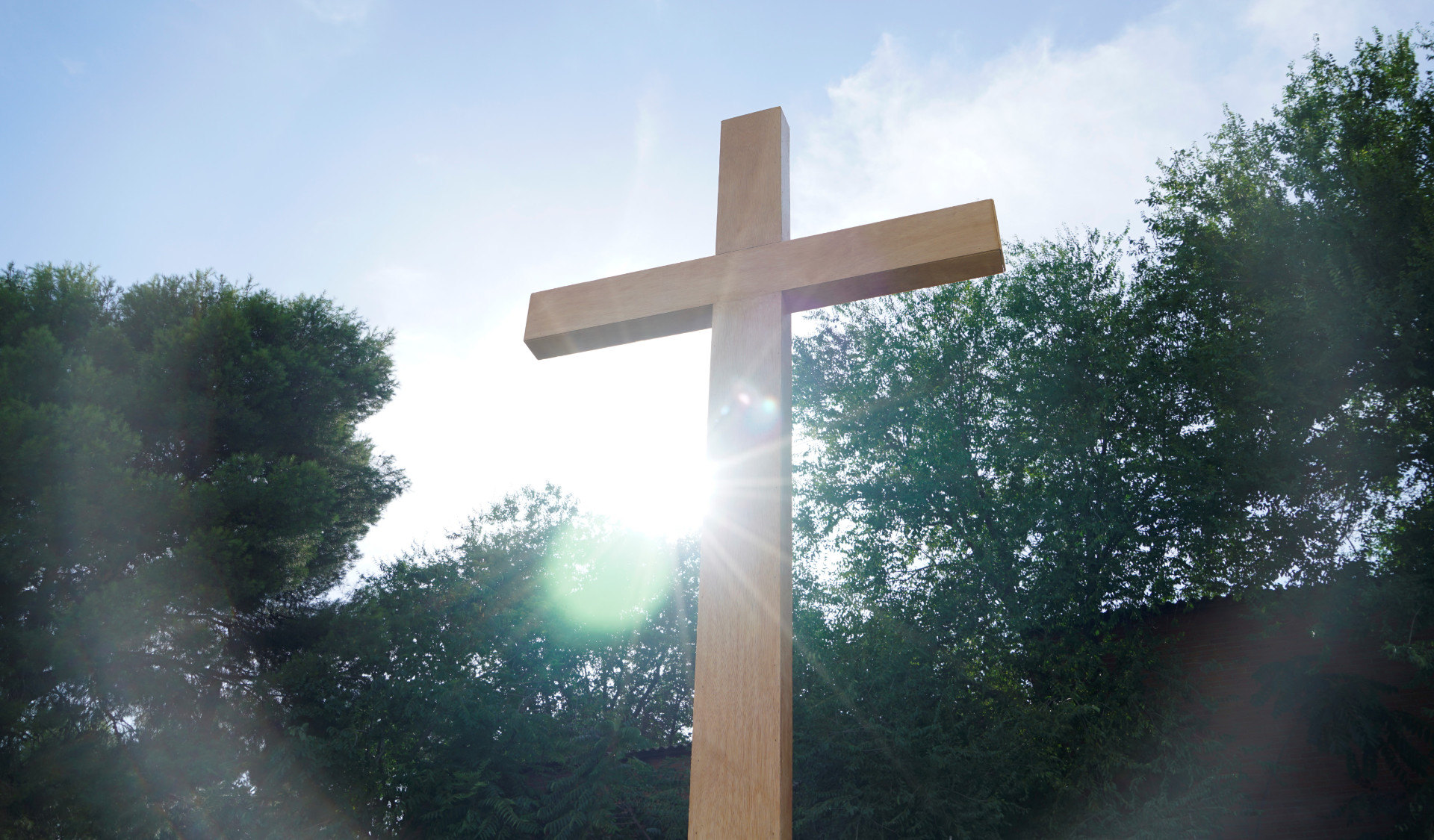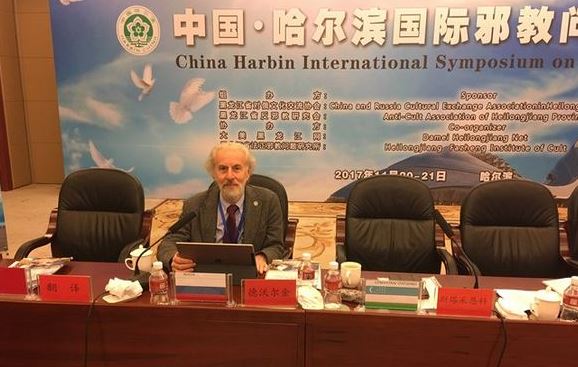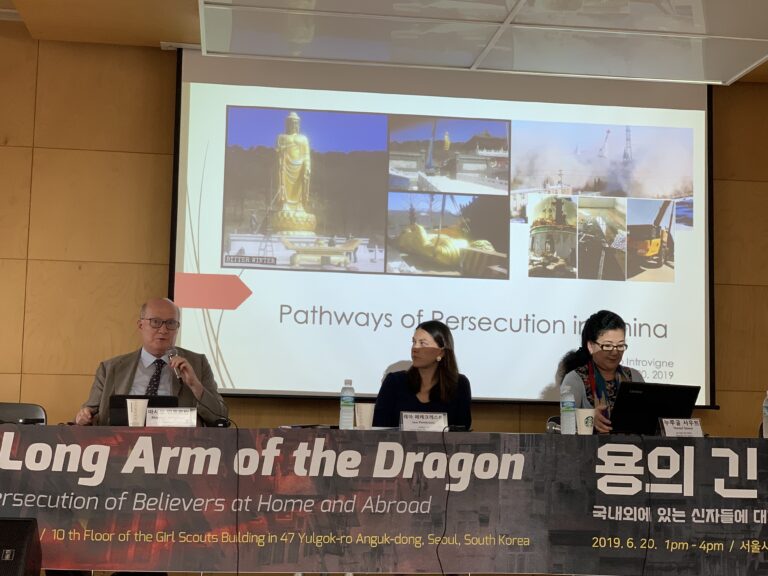Despite pleas by local Buddhists, a 17-meter-tall statue of Guanyin in Hebei Province was demolished, joining the long list of China’s shattered religious icons.
by Shen Xinran
Dabei Buddhist Temple (大悲禪寺), located in Shengfang town, under the jurisdiction of Bazhou city in the northern province of Hebei, was initially built in the late Yuan dynasty (1271-1368). Later destroyed, it was rebuilt in 2008, restoring its unique layout with a variety of halls and magnificent Buddhist statues. The temple is famed as one of the four major bodhimaṇḍas – a place of enlightenment and awakening – of Guanyin in China.
The 17-meter-tall white marble statue of Guanyin in Dabei Temple cost over a million RMB (about $ 140,000) to make. The figure of the bodhisattva of compassion, weighing over 400 tons, was a remarkable feature in the temple and a prominent spiritual symbol for local Buddhists who frequently came to worship in front of it.
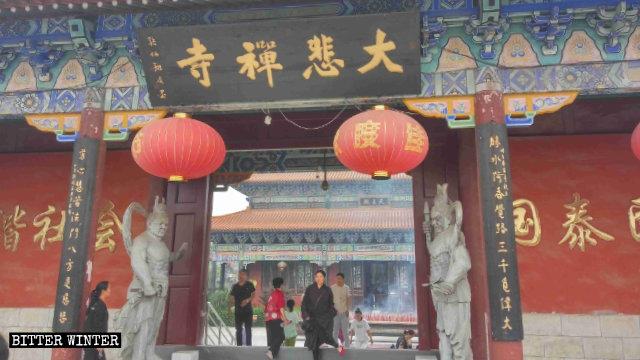
In October, the local government ordered to “upgrade and renovate” the temple and demolish the statue of Guanyin, claiming that “outdoor religious statues are not allowed to be over ten meters tall.”
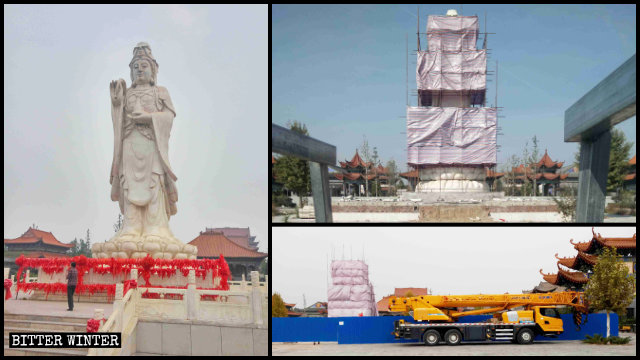
“‘Upgrading and renovating’ is nothing but a pretext,” a local Buddhist told Bitter Winter. “Open-air Buddhist statues are important for Buddhists, and the government is afraid that icons of deities would increase the number of Buddhists, which would negatively affect its rule. Through rectifications like this, they aim to weaken the influence of Buddhism and eventually eradicate it.”
Attempting to stop the demolition of the Guanyin statue, local Buddhists submitted a signed petition to various public departments and the provincial government, appealing for leniency. “We’re alarmed to know that Guanyin statue in Dabei Buddhist Temple is to be demolished!” the believers wrote in their appeal to the government. “We’re overwhelmed with shock, panic, and anxiety. The Guanyin statue has been our spiritual sustenance from generation to generation. Under its shield, all households can live a happy life, every one of us can enjoy health and peace, and it helps all things turn out to be auspicious. What crimes has the sacred statue committed? Why does it have to be destroyed? It integrates the limitless efforts, hope, and reliance of tens of thousands of believers. If the sacred statue remains, the spirit will remain. If the sacred statue collapses, where can we find spiritual sustenance?”
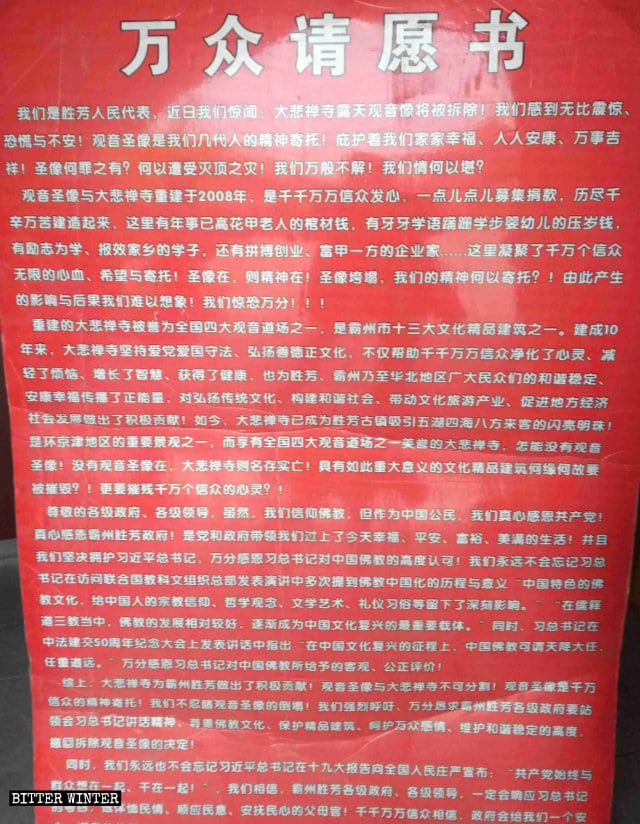
The believers’ appeals failed to change the government’s mind. Not surprisingly, since in China, the totalitarian regime’s decisions always outweigh the will of the public.
“We’ve tried to negotiate with various departments, but all our efforts proved futile because the demolition was orchestrated by the government, orders imprinted in official documents,” a local believer revealed to Bitter Winter. “Days ago, some officials from the provincial government came here for an inspection. In a few days, central government bureaucrats will be here too. It was unacceptable for them to leave the statue undemolished. If it were not destroyed, the government would have resorted to violence, arresting Buddhists who dared to resist.”
The Buddhist also revealed that during the demolition, officials ordered to shut down all entrances to the temple to prevent dissatisfied believers from getting inside to burn incense and worship. The monks who reside in the temple were banned from leaving or entering at will. The local believers felt anger and sadness but didn’t dare to say anything, as they watched the statue being demolished piece by piece.
Since the summer of 2018, local authorities throughout China have been demolishing outdoor religious statues on orders from the central government, as part of the implementation of the new policies on religion. Numerous religious icons have been destroyed and concealed, while many others have been modified to incorporate attributes of traditional Chinese culture, resulting in bizarre spectacles.
Source: Bitter Winter




